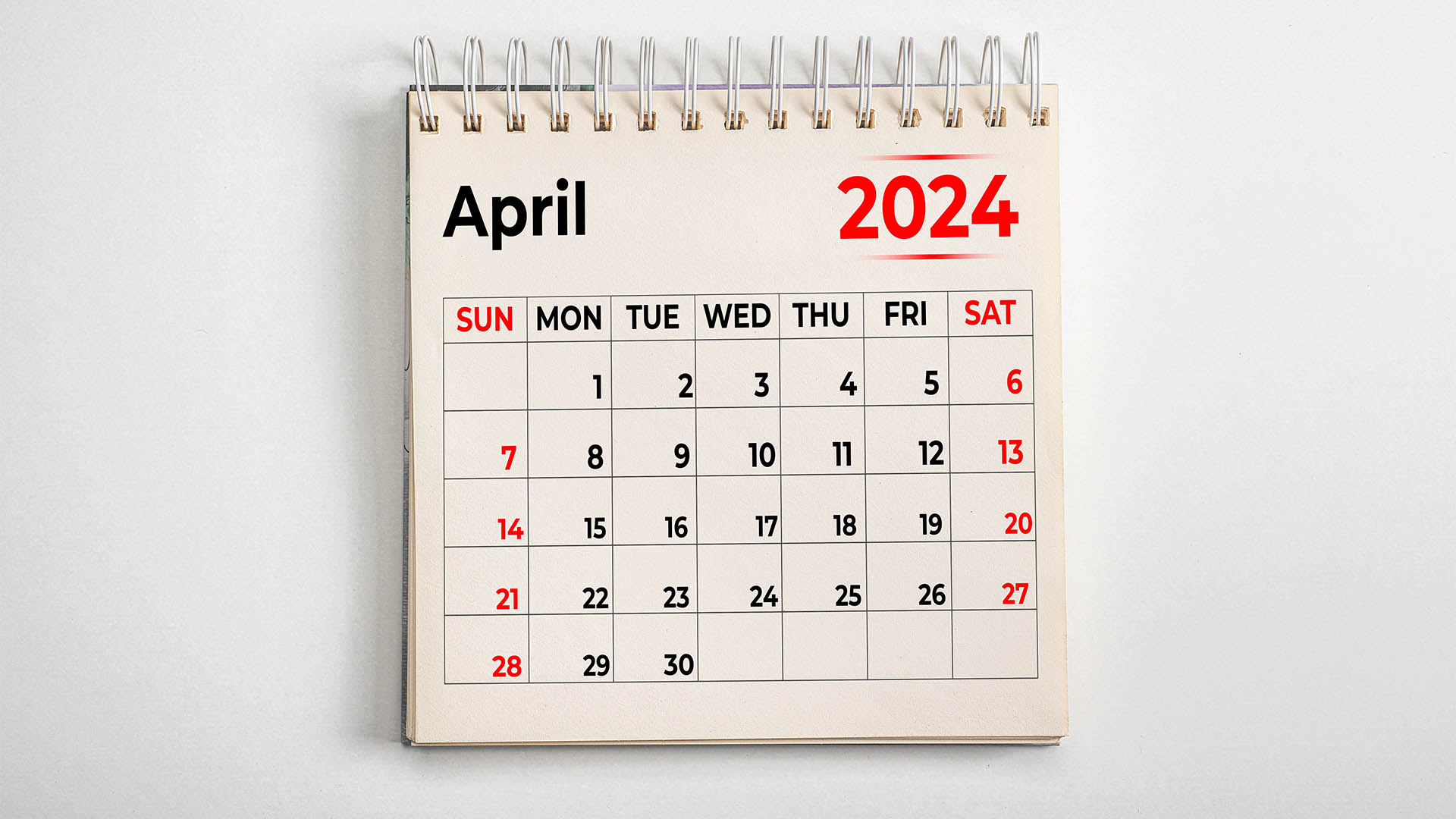Some of the 30th June reports from Australian retailers, due to be issued this month, will make tragic reading for shareholders if the latest analysis of retail sales is any guide.
Growth in sales volumes will be weak, and any gains will be due to higher prices – which have, in turn, seen consumers haul back on spending over the past 9 months to levels not seen since 2008, in the depths of the GFC.
The Australian Bureau of Statistics (ABS) said Thursday that sales volumes recorded a third consecutive quarterly fall in the three months to June, as consumers cut spending in response to surging inflation and higher interest rates.
The ABS reported that retail sales volumes fell 0.5% in the second quarter after a 0.8% drop in the first three months of this year and a 0.4% fall in the fourth quarter of last year. This marks a cumulative fall in retail volumes of 1.7%, and the ABS stated that this is the first time since 2008 that retail sales volumes have recorded three consecutive quarterly falls.
Compared to the June 2022 quarter, retail sales volumes were down 1.4% compared to the June quarter of the previous year. Outside of the pandemic period, it is the first time since 1991 that sales volumes have fallen compared to the previous year, according to the ABS.
On the other hand, with inflation surging across the economy, retail prices rose 0.9% in the quarter, up from 0.7% in the first quarter. This has left retailers locked in an unwelcome 'jaws' of surging prices and falling volumes, leading to margin compression or destruction. This trend is expected to be evident in the 30th June figures from major retailers like Woolies, Coles, Wesfarmers, Best and Less, Lovisa, JB Hi-Fi, Harvey Norman, The Reject Shop, and shopping centre groups such as Mirvac, GPT, Stockland, Vicinity Centres, and Scentre.
The ABS also reported that sales through cafes, restaurants, and takeaway-food services fell for the first time since the Covid-19 Delta lockdowns in September 2021. Additionally, retail sales volumes were also down strongly for household goods and department stores (5%).
"The widespread fall in sales volumes reflects what retailers have been telling us about consumers focusing on essentials, buying less, or switching to cheaper brands," said Ben Dorber, the ABS head of retail data, in Thursday's statement.
June’s monthly sales fall of 0.8% was pictured as a sign that consumer spending had slowed, but much of the analysis ignored the fact that the drop was merely giving back the 0.8% jump in May when many retailers tried one-off specials and other promotions to boost sales, which ended up being self-defeating by the end of June.
Sales had dropped 0.1% in April, so the quarter was seen as a negative, as annual headline sales value growth slowed to just 2.3% over 2022-23. Headline inflation might have eased to a still high 6% in the same period, according to the quarterly Consumer Price Index, but it did the damage to retail volumes.
But volume sales data released on Thursday by the Australian Bureau of Statistics told the real story – consumers have been pulling back since the September quarter of 2022 when volumes peaked at 0.2%.
Mr. Dorber said the fall in retail sales volumes showed the extent to which consumers have pulled back on spending in response to cost-of-living pressures.
On the other hand, retail prices, which are based on data from the Consumer Price Index, rose 0.9% this quarter, up from 0.7% in March.
"Retail prices rose for the seventh straight quarter, but have eased from the strong growth throughout 2022," Mr. Dorber said.














